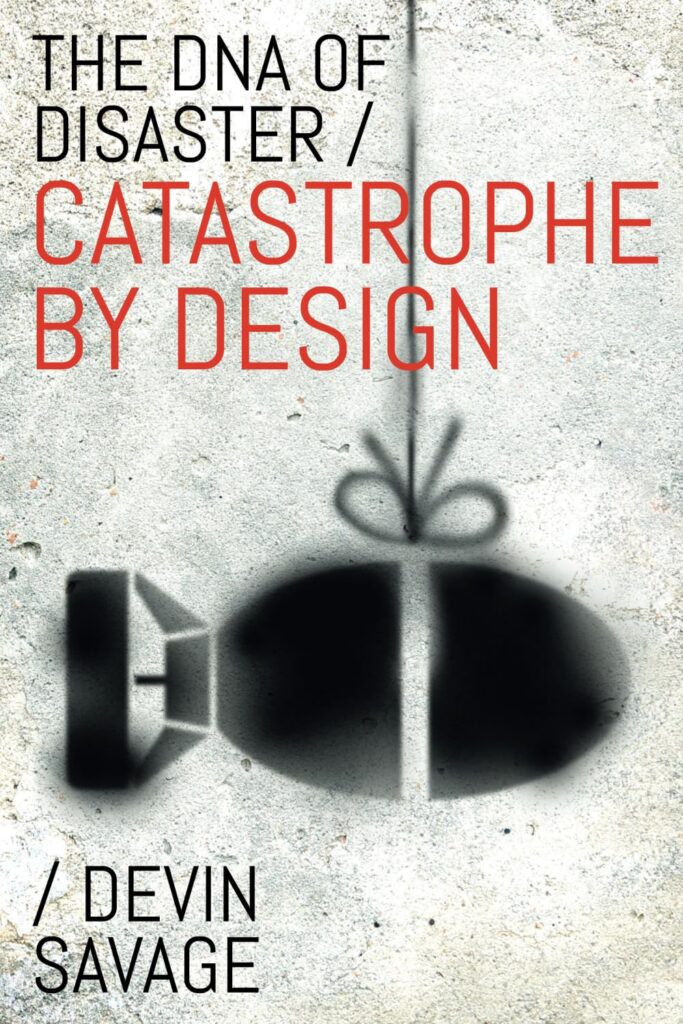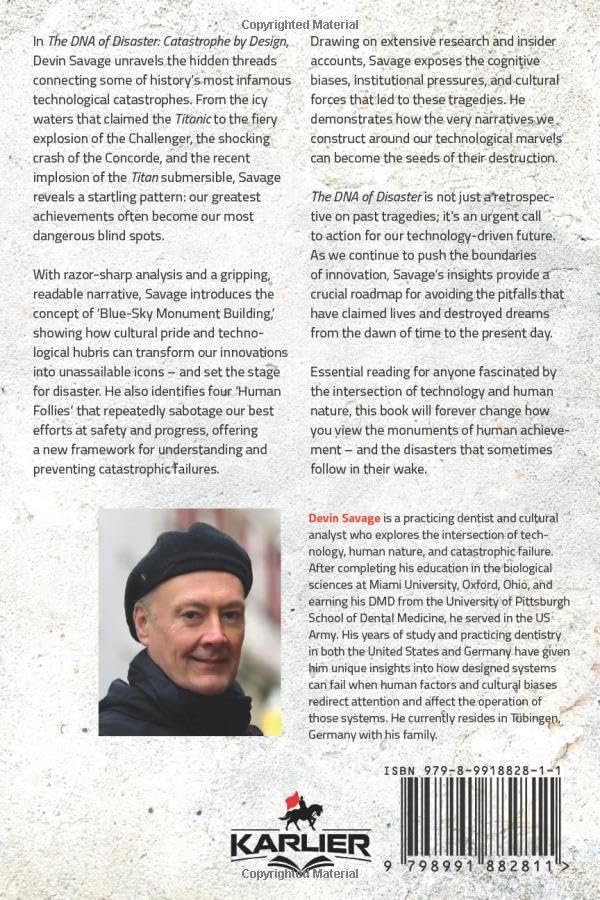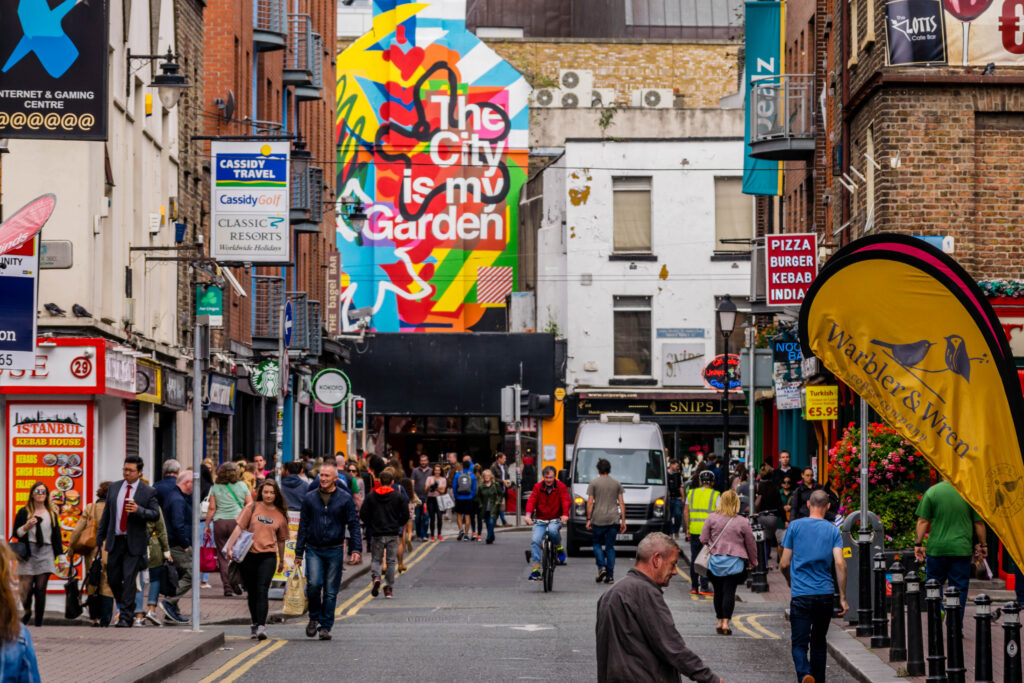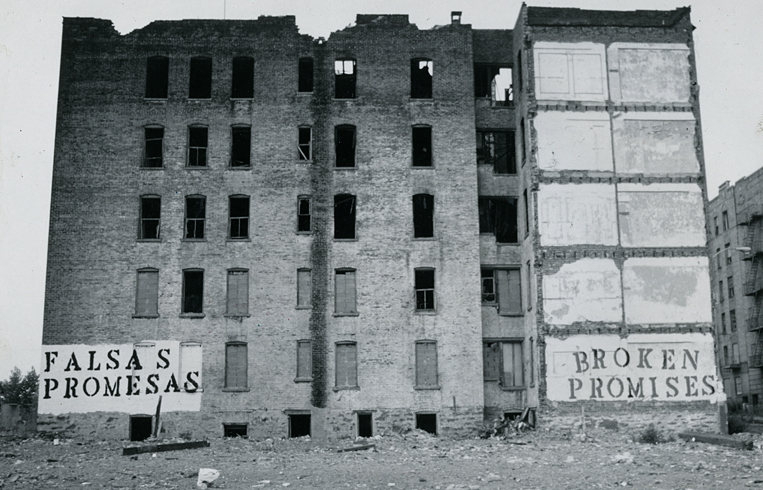Cultural Monuments: The Double-Edged Sword of Human Achievement
At the heart of many of our designed disasters lies what I call a “cultural monument”—a technology, system, or ideology that transcends its practical purpose to become a symbol of human capability, national pride, or civilisational progress. These monuments can arise organically through genuine achievement, like Toyota’s manufacturing excellence that gave birth to the “Toyota Way.” Through decades of rigorous continuous improvement, empowering workers to stop production when they spotted flaws, and relentlessly eliminating waste, Toyota earned its reputation for quality and reliability. This was a cultural monument built on substance.
But monuments can also be manufactured through propaganda and public relations campaigns, creating dangerous illusions of safety and infallibility or even righteousness. The Olympic-class ships of the early 1900s became cultural monuments through carefully orchestrated “Blue-Sky Monument building”—press campaigns that convinced the public these vessels were “practically unsinkable.” Similarly, Japan’s nuclear industry created what became known as the “Nuclear Safety Myth”—the belief that nuclear power in the capable hands of TEPCO and other power companies which built and operated nuclear power plants (NPPs) was so safe it required minimal oversight, essentially functioning as a benign appliance.
The Fukushima Parallel: When Monuments Blind Us to Reality
The parallels between the Titanic and Fukushima disasters are striking and instructive. Both involved cutting-edge technology elevated to Cultural Monument status. Both operated under regulatory frameworks that had been captured by the very industries they were meant to oversee. And both suffered from a fundamental inability to account for their actual operating environments.
Just as the Titanic’s designers lowered the number of lifeboats because they believed their ship was unsinkable, Japan’s nuclear regulators allowed backup generators to be placed in basements because they believed their plants were invulnerable to natural disasters. The “Nuclear Safety Myth” was deeply embedded in Japanese culture- by design. Japanese power utilities spent over 2.4 trillion yen on advertising (essentially Blue-Sky Monument building) over four decades—enough to have significantly upgraded their actual safety systems—while using their influence to suppress critical coverage and marginalise dissenting voices.
When I watched the Fukushima disaster unfold on television in 2011, I immediately recognised the pattern: an American-designed nuclear power plant, minimally modified for Japan’s uniquely seismic environment, operated by a culture that had been convinced of its own technological infallibility. The earthquake and tsunami were Japan’s iceberg—predictable environmental hazards that the “unsinkable” nuclear monument simply couldn’t acknowledge.
The Iron Triangle and the Nuclear Village
Japan’s nuclear industry illustrates how cultural monuments can create self-reinforcing systems of delusion. The “Iron Triangle” of politics, bureaucracy, and big business evolved into what critics called the “Nuclear Village”—an insular network that rewarded conformity and punished dissent. Like the social dynamics surrounding the Titanic, where questioning the ship’s safety was tantamount to questioning British engineering superiority, challenging nuclear safety in Japan meant challenging national technological pride.
This is how cultural monuments become vectors for corruption and poor decision-making. They create sacred cows that cannot be examined too closely, transforming healthy skepticism into heresy and critical analysis into disloyalty.
Why This Matters Now
As we stand at the threshold of an AI revolution, face the mounting consequences of climate change, and grapple with increasingly complex technological systems, understanding how cultural monuments shape our perception of risk has never been more critical. The patterns that doomed the Titanic and Fukushima are not relics of the past—they are recurring features of human nature interacting with complex systems.
Every “revolutionary” technology, every “game-changing” innovation, every “unprecedented” crisis contains the same potential for monument building and the same risks of catastrophic blindness. By learning to recognise these patterns, we can hope to break the cycle of manufactured confidence that turns our greatest achievements into our greatest vulnerabilities.
This blog will explore these patterns across history and contemporary events, examining how the consequences of design ripple through time, space, and human systems. Because understanding the DNA of disaster isn’t just about preventing the next catastrophe—it’s about preserving our capacity to see clearly when the pressures of our social systems encourage us to look the other way.




